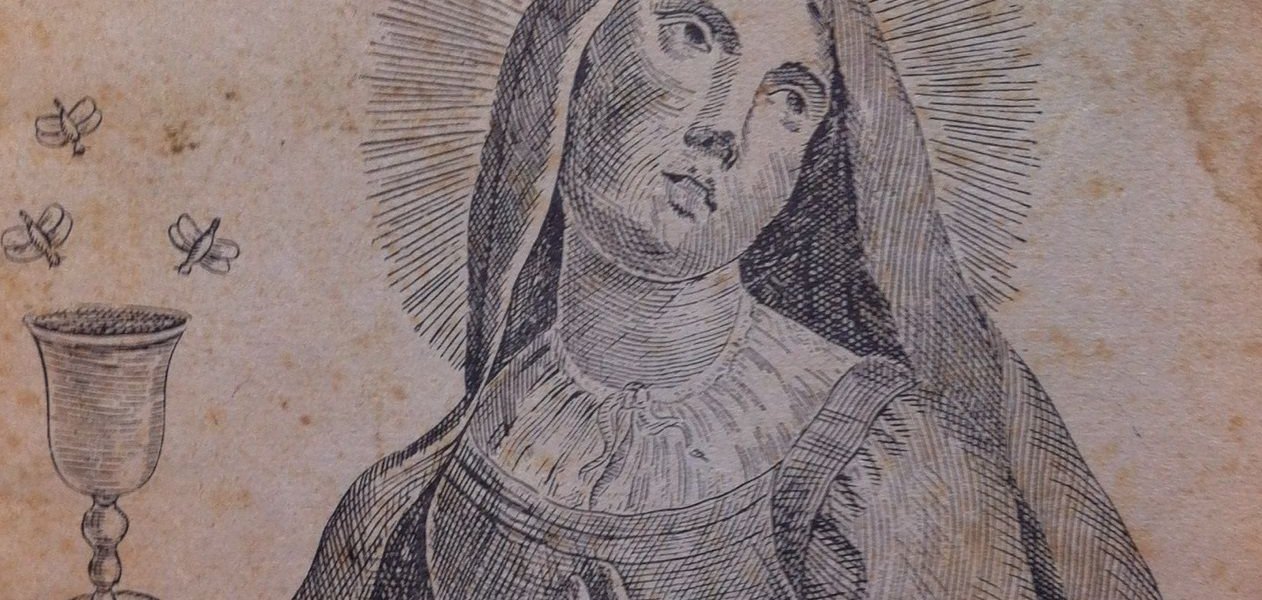
The Blessed Bonizzella
Bonizzella was a beautiful girl, daughter of Ildebrandino Cacciaconti, nobleman and rich feudal lord, who was mayor of Arezzo and Siena. She was married to the nobleman, Naddo Piccolomini of Corsignano, but soon became a widow, so she retired to the villa of Belsedere, near Trequanda. She welcomed pilgrims there, treated the sick and helped the poor. When she died, everyone thought she was destined for sainthood. People prayed in front of her tomb and those who asked for help almost always obtained the miracle. Her tomb to be concealed to protect her when war broke out. But the years passed and no one remembered where she had been buried. On a feast day, a dense swarm of bees was seen flying out of the wall of the church of Trequanda, while one entered. There seemed to be a large beehive, and so someone decided to collect the honey. However, when the first stones were removed, the body of a beautiful lady was immediately revealed, preserved as if it had only just been placed there. She was holding a wax chalice in her hands which the bees had made to indicate that it was the body of a saint. Beside her lay a child: the Blessed Guido, Bonizzella’s grandson. The miracles confirmed that Bonizzella had returned to assist those who needed help. The remains of the two blessed figures were placed in the church of San Pietro and Sant’Andrea.
The figure of Bonizzella is historic. Unfortunately, a fire in the bishop’s archive in Arezzo in 1348 destroyed the documentation about her life. The blessed lady has a vast collection of miracles attributed to her, such as the one about a Spanish captain, who immediately became blind after taking a ring from her and regaining his sight after returning it to her. The body was actually found in a side wall of the Romanesque church, where there had once been a cemetery, covered by three white stone slabs, marked by the brown colour of the building’s tuff blocks. The date of the discovery was May 6, 1500 or according to some, 1554. Bonizzella probably died in 1300 or 1330.